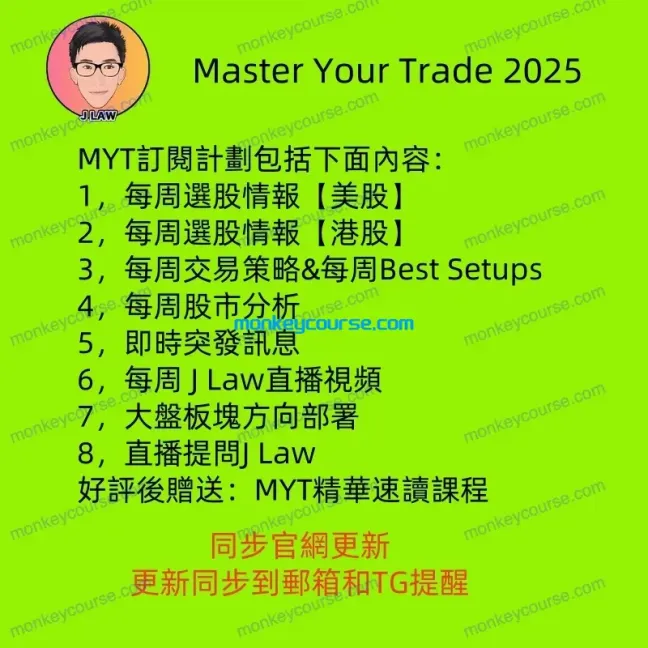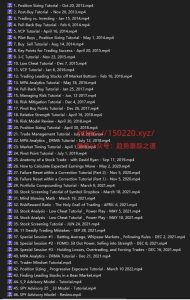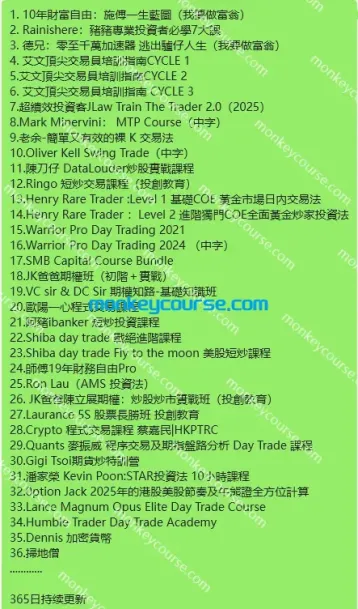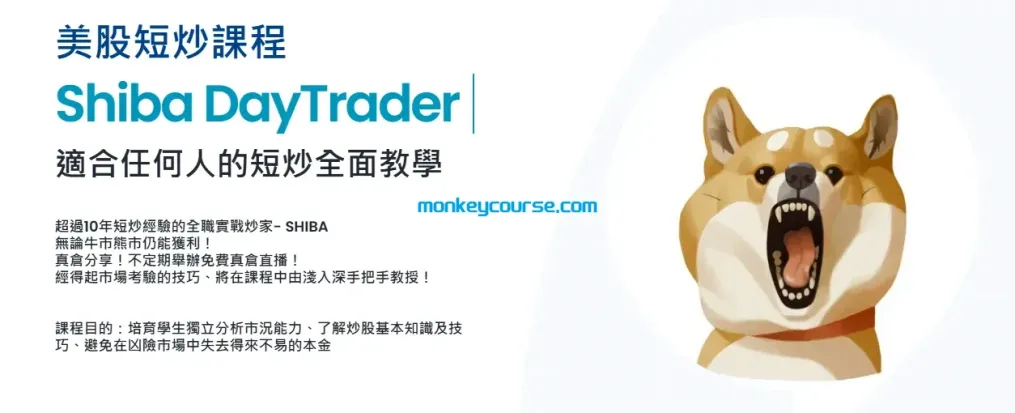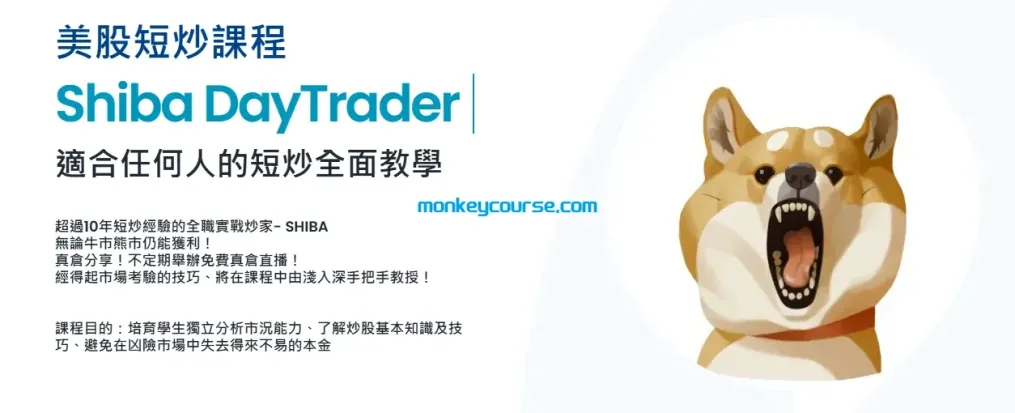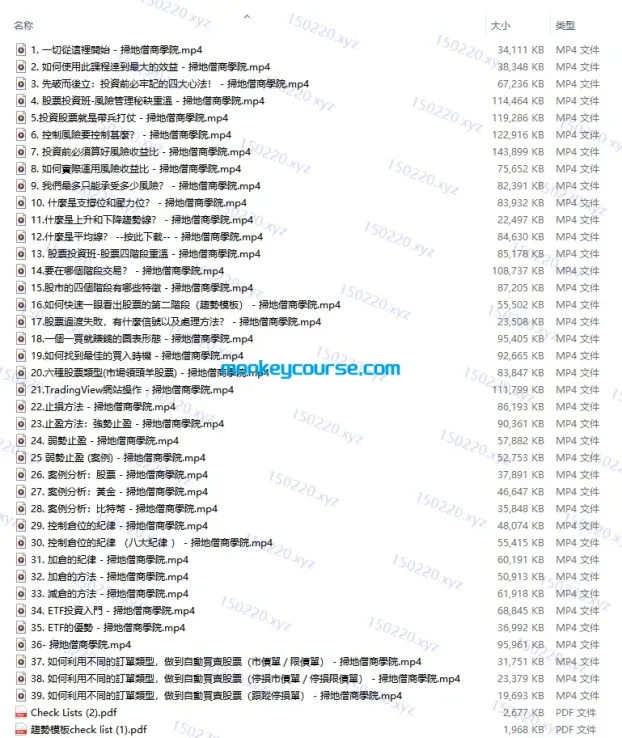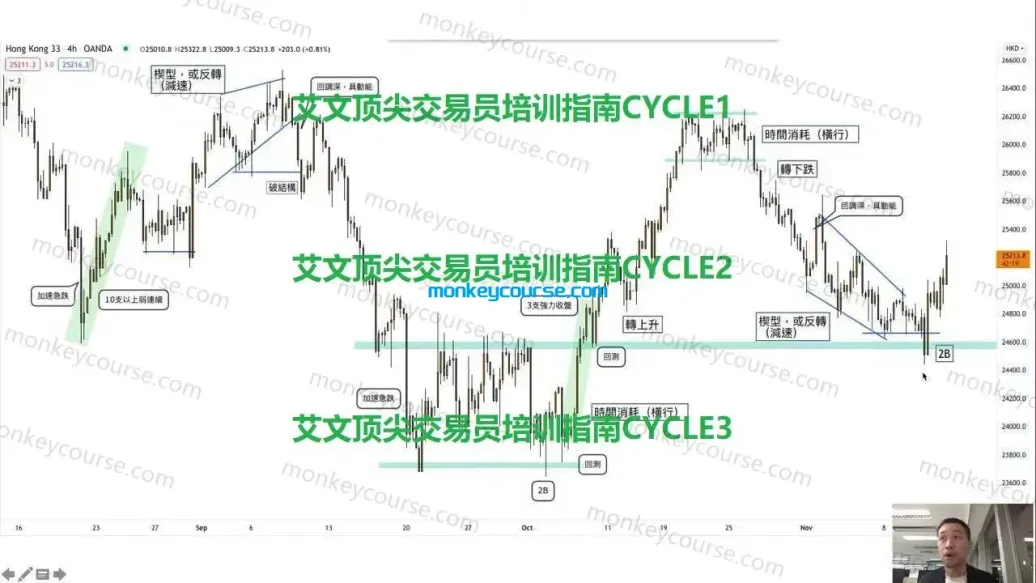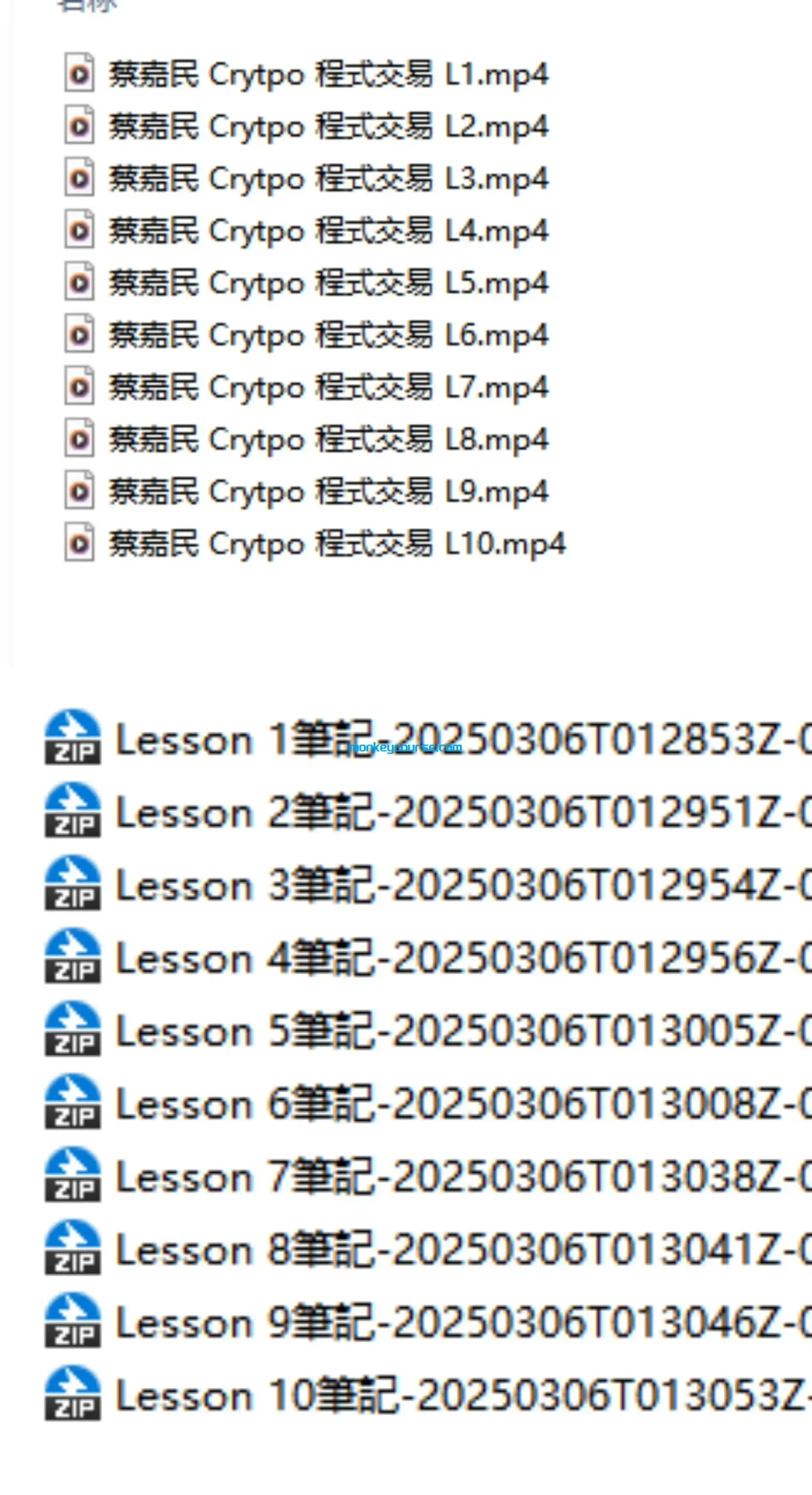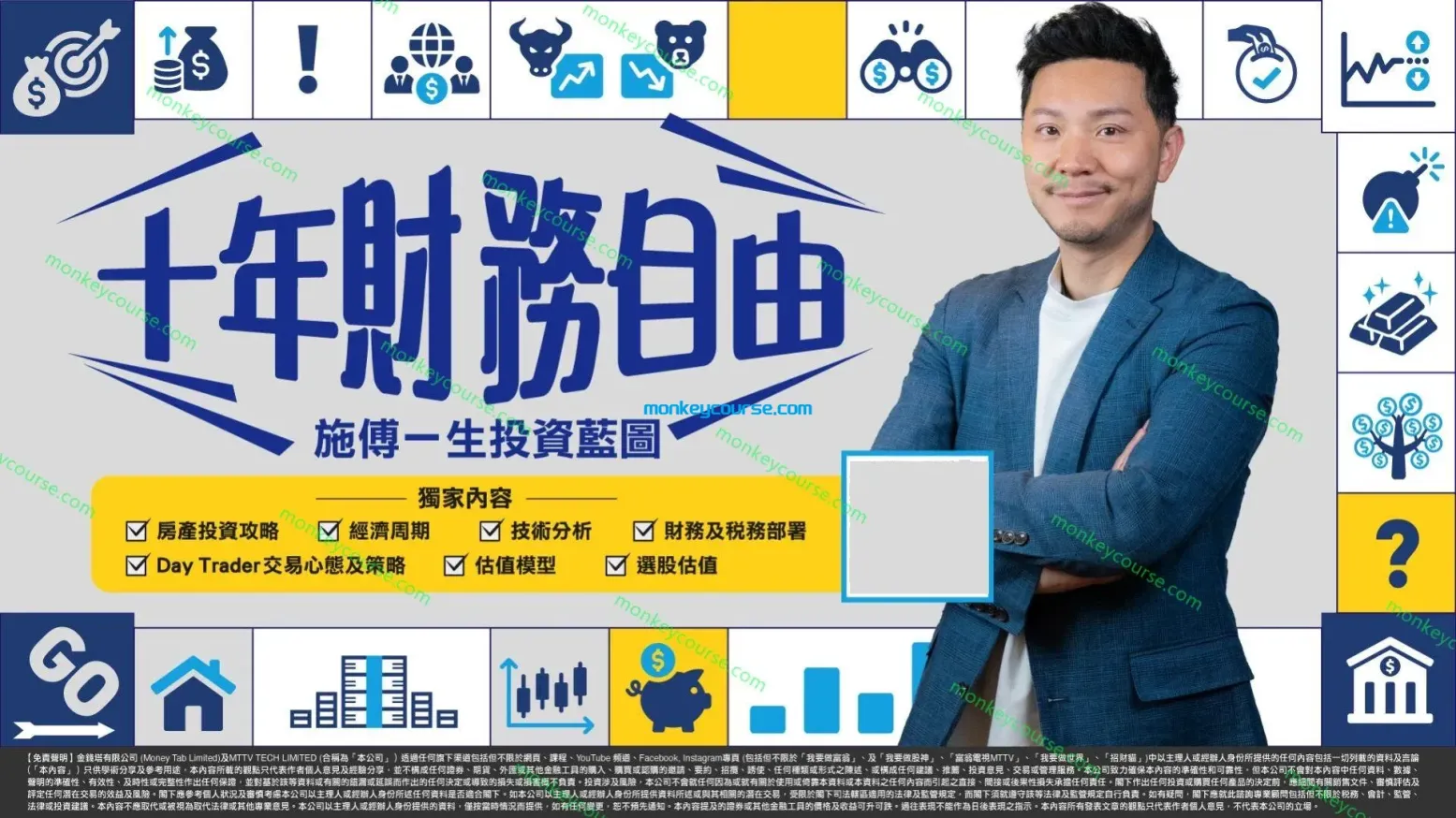![图片[1]-Core Strategy Program + Extended Learning Track [XLT]-TheTrendFollowing](https://150220.xyz/wp-content/uploads/2024/09/a3b00340fa114213.jpg?v=1727494936)
Course Objective
To clearly understand the logic behind Core Strategy. Learn to properly apply OTA’s rule-based strategy to potentially find quality trading and investing opportunities for both the short and long term, which is applicable to multiple asset classes.
Day 1
Terminology – Learn the language of trading and investing, as well as the basic terminology of supply and demand
Supply and Demand – Understand the fundamentals of supply and demand
2 Key Novice Mistakes – Understand the two cardinal mistakes of novice traders and investors
Formations – Learn to recognize the trade formations (candle patterns) that represent quality supply and demand zones
Zone-ing – Learn how to apply the 5-Step process for identifying quality zones.
Candlesticks – Learn to differentiate between a leg candle and a base candle to identify potential quality opportunities
Base Isolation Technique – Technique to help students draw zone lines with precisionDay 2
Chart Time Frames – Using multiple timeframes to understand trade formation in a larger context
Trade Blueprint – Follow OTA’s step-by-step approach to a consistent trade plan
Trend Analysis – Learn what a trend is, how to identify an uptrend, downtrend, or sideways trend, and how to assess the trend direction for the trade opportunity
Curve Analysis – Identify the location of supply and demand zones in a bigger context, to understand if it is the right time to join the trend or not
Decision Matrix – Combine the elements of Core Strategy – the curve and trend analyses – to determine which action to take with the trade opportunity based on the analysis
Entries and Exits – Gain an understanding of the various entry types, the advantages, and disadvantages to eachDay 3
Risk Management – Understand the outcomes of trading, pitfalls of reckless trading, and the importance of risk management and applying Reward-to-Risk Ratios in one’s trading decisions
Position Sizing – Define the proper position size to manage risk correctly
Bracket Orders – Understand the value of bracket orders and use them to practice order placement
Economic Reports – What are economic reports, how to prepare for them, and use them as a source of trading opportunitiesDay 4
Gaps – Understanding different types of gaps, and how they can impact the probability of trading opportunities
Trade Management – Learn different ways of managing trades (Dynamic trade Management) by moving stops, taking profits, or leaving one’s trade alone© 版权声明
文章版权归作者所有,未经允许请勿转载。
THE END

